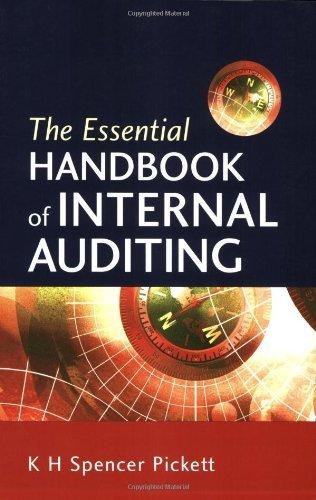Question
SEEtech is evaluating two options for power generation; the first is use of diesel generators, and the second is deployment of a microgrid that makes
SEEtech is evaluating two options for power generation; the first is use of diesel generators, and the second is deployment of a microgrid that makes use of combined wind and solar energy capture, together with battery storage. The following table provides a summary of the operating parameters and costs for each option.
|
| Diesel Genset Option | Microgrid Option |
| Equipment costs | $2,600,000 | $5,300,000 |
| Installation & commissioning costs | $500,000 | $1,300,000 |
| Annual operating & maintenance costs | $120,000 | $315,000 |
| Overhaul frequency (how often required) | 10 years | 5 years |
| Overhaul cost | $150,000 | $315,000 |
| Expected annual diesel usage (L) | 850,000 | n/a |
| Present cost of diesel ($/L) | $0.50 | n/a |
| Expected salvage value (end of life) | $260,000 | $290,000 |
The regional government would like to incentivize companies like SEEtech to use a microgrid approach to power generation in this type of scenario. You have been asked to consider the following three policy alternatives and make a recommendation (noting that implementation would require coordination with the Canada Revenue Agency).
CCA acceleration for renewable energy related equipment
Tax breaks associated with the use of renewable energy sources
Rebates on the installation costs of renewable energy related equipment
For the purposes of analysis, assume that SEEtech would aim to maintain its current debt ratio when financing either one of the approaches, and you will need to determine SEEtechs MARR from the information available.Any new debt will be taken on in the form of a 10-year amortized loan with annual payments and at SEEtechs present cost of borrowing. Any equity required to finance the project will be paid from retained earnings.All impacts corresponding to income taxes and depreciation should be included in your analysis. You can assume that there are sufficient capital gains elsewhere in the firm to allow for any capital losses associated with the project to have the effect of reducing taxable income. assume that the nominal CCA rate for both options described above is 30%.
Compute set of project cash flows for each of the two options, including a calculation of each options NPV (it is recommended that you use the cash flow spreadsheet template that has been provided in this course as a starting point).
An evaluation of the policy alternatives above, showing the potential impacts on the project evaluation, and describing the pros and cons from the perspectives of SEEtech and the regional government. Make sure to consider project risk, and sensitivity to each of the alternatives. The report should include an analysis of each of the three individual policy alternatives, and at least one combined approach.Net Revenue $56648, COGS $31447 gross margin $25201 gross margin 44% selling and admn expenses $8585 R&D $3566 Amortisation $862 Interest $1213 EBIT $10975 Income Taxes $2854 Net Earnings $8122 Long term Debt $12414 Equity $14427 Dividend 2020-$0.58.
Step by Step Solution
There are 3 Steps involved in it
Step: 1

Get Instant Access to Expert-Tailored Solutions
See step-by-step solutions with expert insights and AI powered tools for academic success
Step: 2

Step: 3

Ace Your Homework with AI
Get the answers you need in no time with our AI-driven, step-by-step assistance
Get Started


